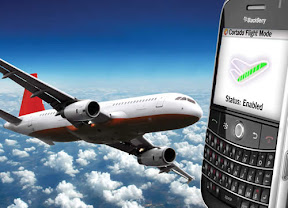 |
| From NMT Images |
Our new archetypal smart-phone traveler is sitting in traffic (or has wisely pulled over ), and books his flight via his phone. He then makes a rental car reservation, reviews hotel options on, say, TripAdvisor or Kayak and books his room, all on his mobile device.
The light turns green (or he pulls back into traffic) leaving the desk top and the laptop way behind.
The smart-phone carrying traveler is emerging as a new breed, using his or her mobile device as a problem solver and personal booker for all things travel.
The top-notch hospitality marketing team of Ypartnership and Harrison Group recently asked travelers: “How are you using your smart phone?,” which account for 3 out of 10 phones sold.
It’s a big question for travel suppliers and marketers who want to use our phones to get into our pockets..and our heads. Who want to shape how we use our phones to share, purchase and plan destination and travel services.
Relative to how fast things are changing in travel communications and services, Scott Myers, a Ypartnership partner, says the results of the survey were “staggering.”
The information that travelers demand, Myers says, must be in a format that works easily and quickly with smart-phones, and considering how relatively new the devices are to the marketplace, Myers and others were taken aback at the results.
Apparently having a web site available or even a laptop isn’t enough for travel-hungry Americans.
Hospitality Net a leading supplier of hospitality news and information, and ABC Travel broke the travel usage down this way:
• 47% used GPS functionality to find their way to a destination.
• 46% searched for flight updates.
• 29% compared airfares or hotel rates.
• 18% booked air travel or lodging.
• 15% viewed virtual visitor guides.
• 11% downloaded and/or redeemed coupons.
So what’s the “take away” from the stats?
“A lot!” says Peter C. Yesawich, chairman and CEO of Ypartnership.
As he sees it, shopping and more real-time smart phone engagement in the discovery of what a destination has to offer “are likely to rival talking and texting in the years ahead."
Web sites will fade in significance as a go-to place for travel information, and mobile-based advertising will increase along the categories of usage reported above.
These new insights into the social, media and travel habits of travelers will be a boon for suppliers and marketers, and tie us even closer to our mobiles as an indispensable travel tool.
The study is aptly named The Portrait of American Travelers and the information is drawn from the survey of more than 2,500 households with annual incomes above $50,000.
Comments